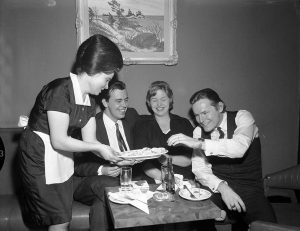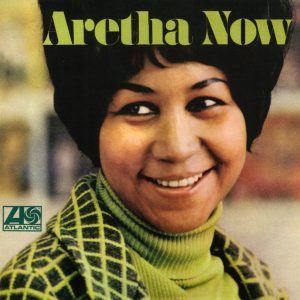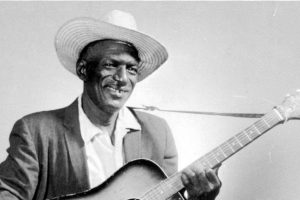It was hard for blues players in the south. If it wasn’t, after all, these folks wouldn’t have had to invent the blues.
It no doubt was doubly hard for women. In short, piling sexism on top of racism must have made life in general extremely difficult and making a living as a musician close to impossible.

But some women persevered. One of the successful early female blues artists was Jessie Mae Hemphill, who lived from 1923 to 2006. Hemphill, a songwriter, guitarist and singer, was in the North Mississippi hill country blues tradition, according to her profile in Wikipedia.
Hemphill was born near Como and Senatobia, MS, which the profile says is a bit to the east of the Mississippi Delta. Hemphill began playing guitar age seven and played in fife and drum bands. Like many blues musicians, recognition came much later. Wikipedia says that blues research George Mitchell found her in 1967 and ethnomusicologist David Evans six years.
Mitchell was the key to her fame. He became a teacher at what now is the University of Memphis. The school founded the High Water Recording Company in 1979 to promote southern music. That led to sessions featuring Hemphill and a recording career.
Her first commercial album, “She-Wolf,” was released in 1981. It was licensed from High Water and released by the French label Disques Vogue. She often performed with drum corps and appears with fife and drum veteran Othar Turner on “Mr. Rogers’ Neighborhood.”
The Mississippi Blues Trail leaves no doubt about Hemphill’s importance:
Jessie Mae Hemphill, who struck a unique chord with blues fans due to her colorful personality and attire and her choice of instruments, represented deep and rich traditions in the Senatobia area. Her great-grandfather, Dock Hemphill, was a fiddler who was born a slave, and her grandfather, Sid Hemphill (c. 1876-1963), played fiddle, guitar, banjo, drums, fife, mandolin, organ, and quills. Folklorists Alan Lomax of the Library of Congress and Lewis Jones of Fisk University documented Hemphill’s broad repertoire at a recording session in Sledge in 1942. Lomax, who recorded music around the world and returned to record Hemphill in 1959, later recalled that encountering Hemphill’s fife and drum music was the “main find of my whole career.”
There is not too much video of Hemphill. One that does exist is above. It’s “Train, Train,” performed at the 1984 National Downhome Blues Festival in Atlanta. Below is another blues standard, “Baby Please Don’t Go.”










Add Comment